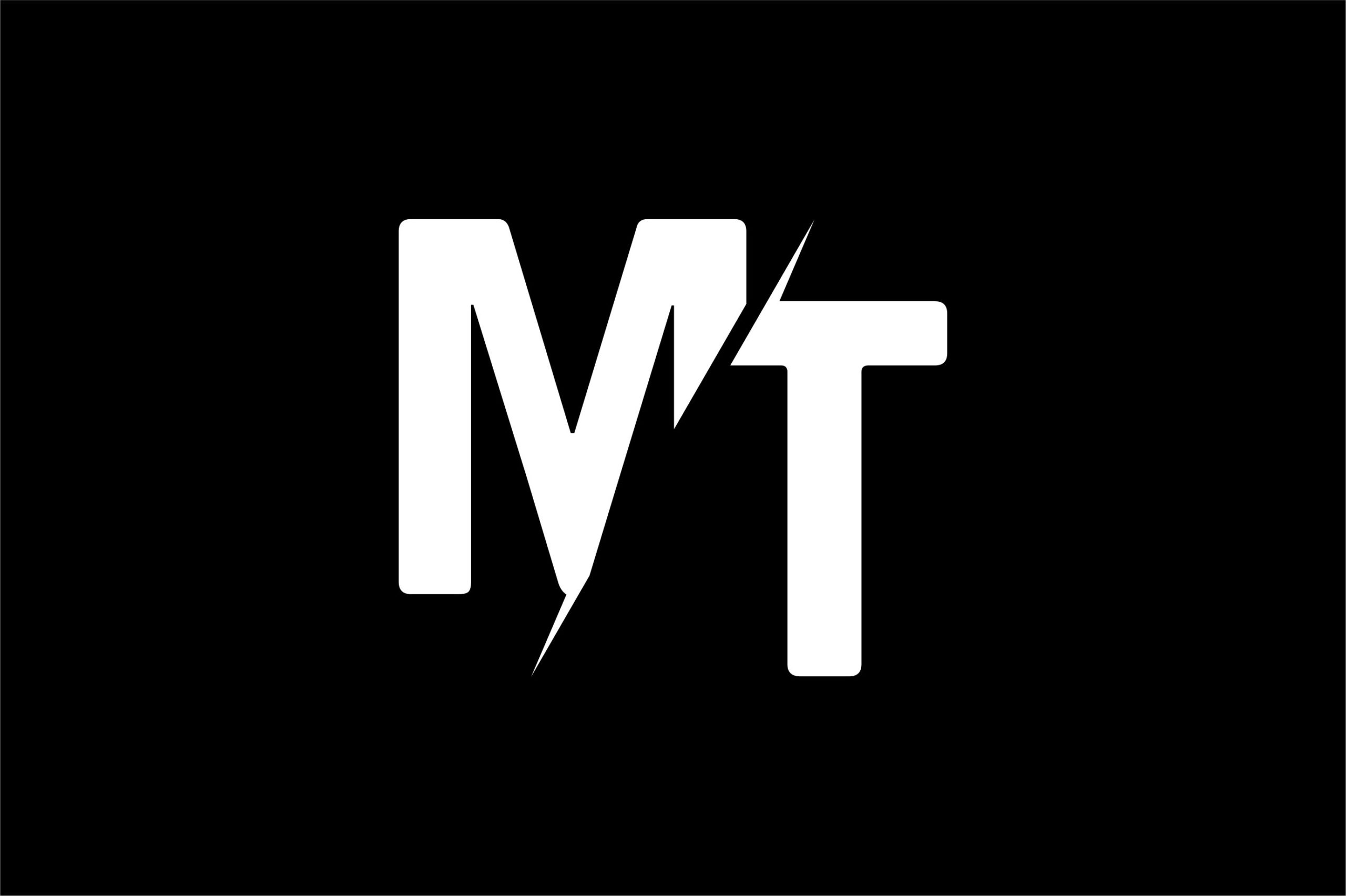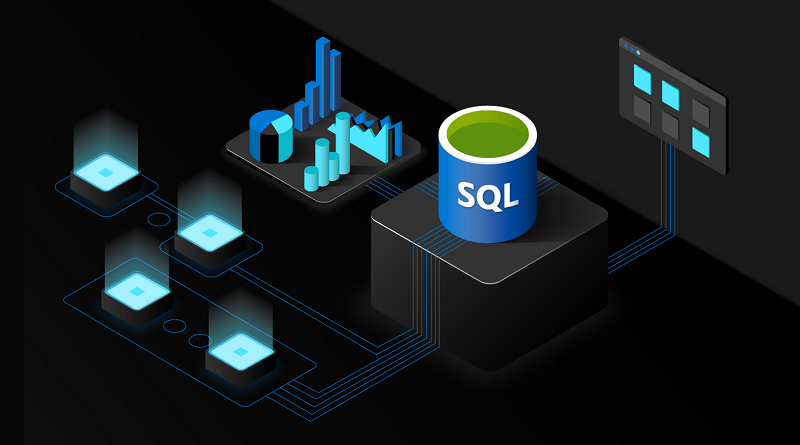Is it possible to use a database without a server? or Can I use sql without a server? In fact, SQL is server-less. Most SQL database engines run as separate server processes. Programs that wish to access the database communicate with the server using some form of inter-process communication (usually TCP/IP) to send requests to the server and get results back. SQLite doesn’t work like that. With SQLite, processes that want to access the database read and write directly from the database files on disk.
There are pros and cons to not being a server. The main advantage is that there is no separate server process to install, configure, configure, initialize, manage, and troubleshoot.
This is one of the reasons why SQLite is a database engine with zero configuration. Programs that use SQLite do not require administrative support to configure the database engine before running. Any program that has access to the disk can use the SQLite database.
On the other hand, a database engine that uses the server can offer better protection against bugs in the client application – the homeless directory on the client cannot corrupt the server memory. And because the server is a single continuous process, it can control access to the database with greater precision, enabling smoother locking and better concurrency.
There are two types of server-less databases which are as follows:
Classic Server-Less
The database engine for this type runs in the same processes, threads, and address space as the application, without messages or network activity.
Neo–Server-Less
The database runs in a separate application name area, possibly on separate machines, but the database is provided by the hosting provider as a turnkey service, requires no administration or management by the application owner, and is easy enough to use for developers to get a single database as server-less.
SQLite is an example of a classic server-less database engine. SQLite has no processes, threads, computers, or other mechanisms (other than the host operating system and file system) to help provide services or mount databases, there are absolutely no servers.
Related Content
- The Youngest Richest Man in Zambia
- Minimum Wage for a General Worker in Zambia
- Number of Insurance Companies in Zambia
- How PAYE is Calculated in Zambia
- Types of Motor Vehicle Insurance in Zambia
- Cost of Car Insurance in Zambia
- Minimum amount to buy shares in Zambia
- How to use PayPal to receive money from USA
- Computer Programmer Salary Per Month In South Africa
- How To Receive Money With Paypal In Nigeria
- How Does Paypal Work When Receiving Money
- 6 Months Courses In Uk For International Students
- UK work permit visa requirements
- How to get a work permit for UK without job offer
- Cost Of Studying Computer Science in UK
- Types of Bank Accounts in Nigeria
- Regions Bank Routing Number for Wires
- Qualities of a Good Security Manager
- 10 Jobs Zambian Teenagers Can Do
- Indo-Zambia Bank USSD Code
- Types of Computer Engineering
- Cyber Security salary in Nigeria
- Best University for Cyber Security in Nigeria
- Access bank Nigeria Routing number
- Benefits of Studying Computer Science in Nigeria
- Difference between local database and database server
- Advantages of Cloud Database Over Local Database








